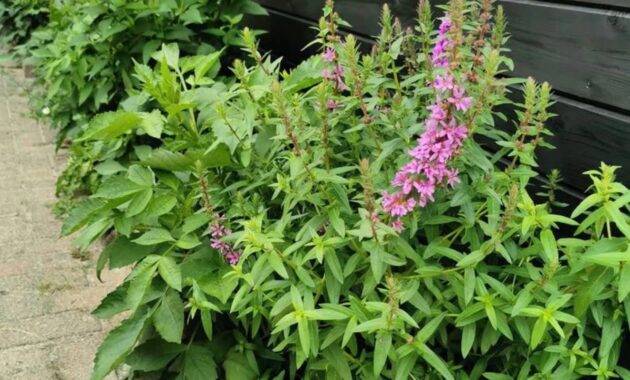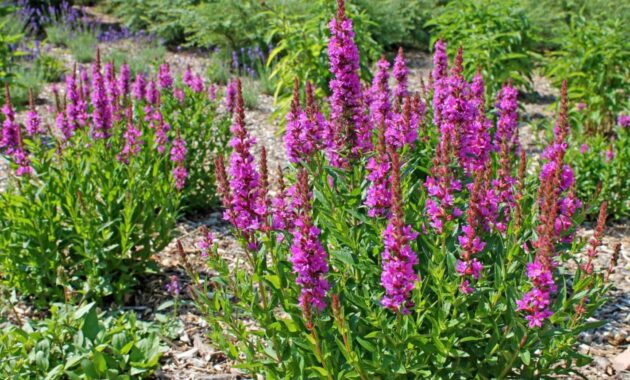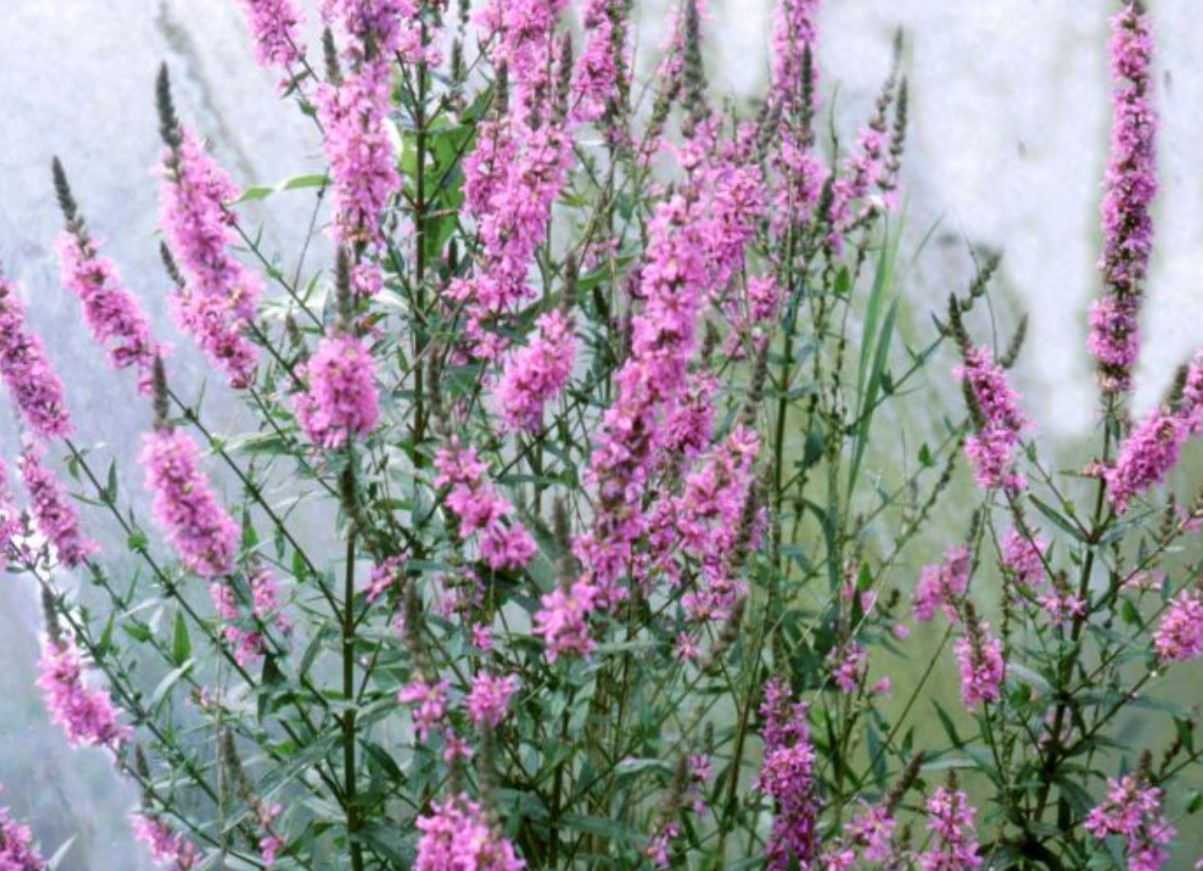
The Kattenstaart plant, known scientifically as Acanthosicyos horridus, is a unique and fascinating succulent that has captured the attention of plant enthusiasts worldwide. Its striking appearance, combined with its remarkable adaptations, makes it an intriguing addition to any collection. In this blog post, I’ll share my experiences with the Kattenstaart plant, its care requirements, and why it’s worth considering for your home or garden.
A Glimpse into the Kattenstaart Plant
Origin and Description
The Kattenstaart plant, also known as the “cat tail” plant due to its distinctive long, trailing stems that resemble a cat’s tail, is native to the arid regions of southern Africa, particularly Namibia and Botswana. This plant is a member of the Cucurbitaceae family, which also includes cucumbers and gourds.
- Appearance: The Kattenstaart plant is characterized by its fleshy, spiny stems that can grow up to several feet long. The stems are typically green or grayish-green, and they have a unique zigzag pattern, giving them an artistic quality. The leaves are small and can be lobed or heart-shaped, often growing in clusters along the stems.
- Flowers and Fruit: The plant produces small, yellow flowers that bloom in the summer, attracting various pollinators. Following the flowering stage, it can bear edible fruit, which resembles a small gourd. The fruit is often green and can be consumed, although it’s not as commonly eaten as other members of the Cucurbitaceae family.
Unique Characteristics
One of the most fascinating features of the Kattenstaart plant is its remarkable ability to thrive in harsh conditions. Here are a few unique adaptations:
- Water Storage: Like many succulents, the Kattenstaart plant stores water in its stems, allowing it to survive extended periods of drought. This characteristic is particularly beneficial in its native habitat, where rainfall can be sporadic.
- Thorns for Protection: The plant is covered in sharp spines that serve as a defense mechanism against herbivores. This adaptation ensures that the plant can withstand the challenges posed by grazing animals.
Growing the Kattenstaart Plant
Care Requirements
If you’re considering adding a Kattenstaart plant to your collection, here are some essential care tips based on my experiences:
1. Light
The Kattenstaart plant thrives in bright, indirect sunlight. While it can tolerate some direct sunlight, too much can scorch its delicate leaves. If you’re growing it indoors, a south-facing window with filtered light is ideal. For outdoor gardening, a spot that receives partial shade during the hottest part of the day is best.
2. Soil
Well-draining soil is crucial for the Kattenstaart plant. A cactus or succulent mix works perfectly, as it allows excess water to escape, preventing root rot. You can also create your own mix by combining regular potting soil with sand or perlite for added drainage.
3. Watering
When it comes to watering, less is more with the Kattenstaart plant. Allow the soil to dry out completely between waterings, especially during the growing season (spring and summer). Overwatering is one of the most common mistakes new succulent owners make. I’ve learned this the hard way, as I’ve lost a few plants to soggy roots!
4. Temperature and Humidity
This plant prefers warm temperatures and can thrive in a range between 70°F and 90°F (21°C to 32°C). It’s not frost-tolerant, so if you live in a cooler climate, consider bringing it indoors during the winter months. The Kattenstaart plant isn’t particularly fussy about humidity, making it suitable for various indoor environments.
Propagation
Propagation of the Kattenstaart plant can be done through stem cuttings. Here’s a simple step-by-step guide based on my experience:
- Select a Healthy Stem: Choose a healthy stem that is several inches long and has a few leaves attached.
- Cut and Dry: Using a sharp knife or scissors, make a clean cut. Allow the cutting to dry for a day or two to form a callus on the cut end.
- Planting: Once the cutting has dried, plant it in well-draining soil. Water it lightly and place it in a bright location.
- Wait for Roots: In a few weeks, you should see new growth as roots develop. Be patient during this process!
Common Pests and Problems
The Kattenstaart plant is generally resilient, but it’s not entirely immune to pests. Here are a few common issues to watch for:
- Mealybugs: These small, white pests can cluster on the stems and leaves. If you spot them, wipe them off with a cotton swab dipped in rubbing alcohol.
- Spider Mites: These tiny pests can create webbing on the plant. Increase humidity around the plant or use insecticidal soap to eliminate them.
- Root Rot: This is the most significant threat to succulents. Always ensure your plant has well-draining soil and never let it sit in water.

Personal Experiences
I’ll never forget the first time I encountered the Kattenstaart plant at a local garden center. I was immediately drawn to its unique appearance, and I knew I had to take one home. However, I had little experience with succulents at the time and made some classic beginner mistakes.
The first few months were a learning curve. I was overly enthusiastic about watering, thinking that my plant needed constant hydration. Unfortunately, I quickly learned that the Kattenstaart plant thrives on neglect. I ended up with mushy roots, which was a sad sight. After that experience, I researched more about succulent care and implemented the right techniques, and I’ve had much better luck since.
Now, my Kattenstaart plant is a healthy and thriving member of my collection. Its unique spiky stems and interesting growth patterns always draw compliments from visitors. I’ve also enjoyed experimenting with it in various arrangements, pairing it with other succulents to create visually appealing displays.
Health Benefits
Interestingly, the Kattenstaart plant isn’t just a pretty face. Its fruit, when ripe, can be edible. While it’s not commonly consumed, it contains various nutrients, including vitamins and minerals. However, ensure the fruit is fully ripe before eating, as unripe fruit can be tough and unpleasant.
Conclusion
The Kattenstaart plant is a captivating addition to any home or garden. With its unique appearance, low maintenance needs, and fascinating adaptations, it’s no wonder this plant has become a favorite among succulent lovers. Whether you’re a seasoned gardener or a beginner looking to explore the world of succulents, the Kattenstaart plant offers an enjoyable experience.
Remember to provide it with the right care—bright light, well-draining soil, and minimal watering. And if you encounter any setbacks along the way, don’t be discouraged. Every plant journey has its ups and downs, and the lessons learned are invaluable.
So go ahead and consider adding a Kattenstaart plant to your collection. It might just become your new favorite!



